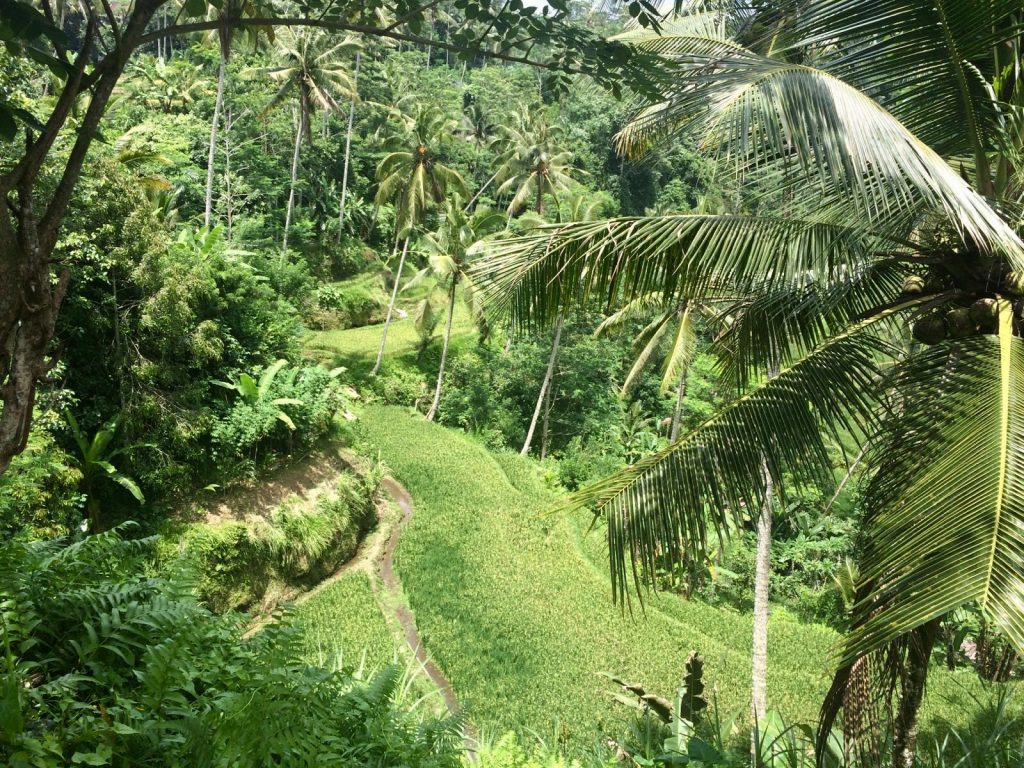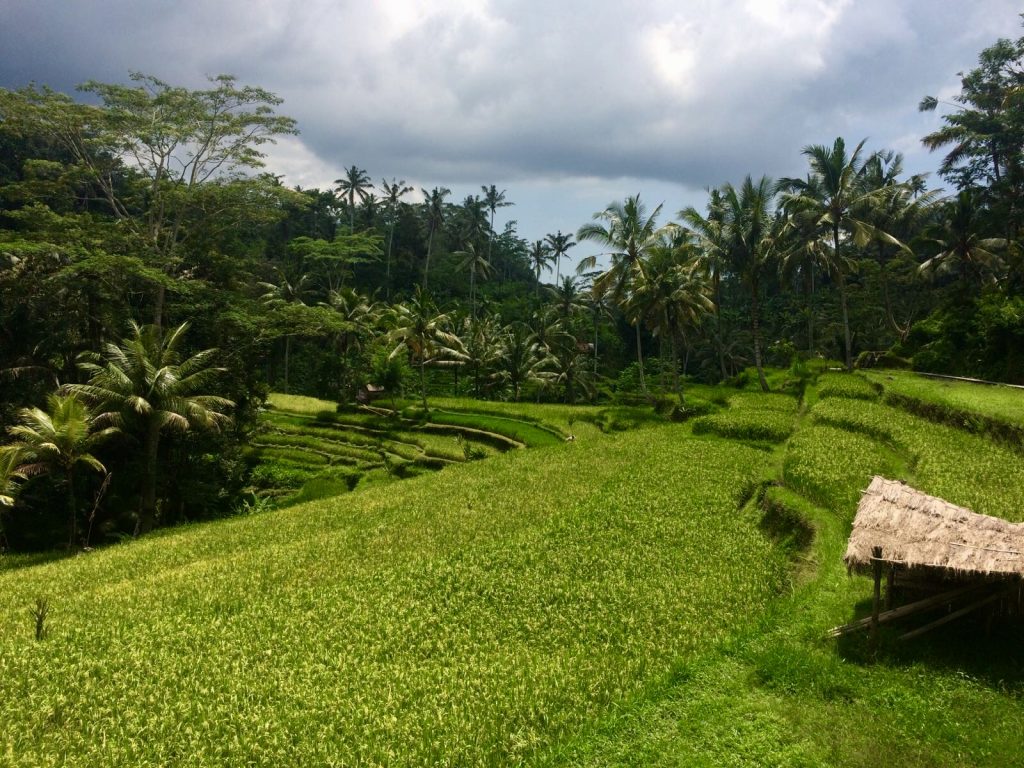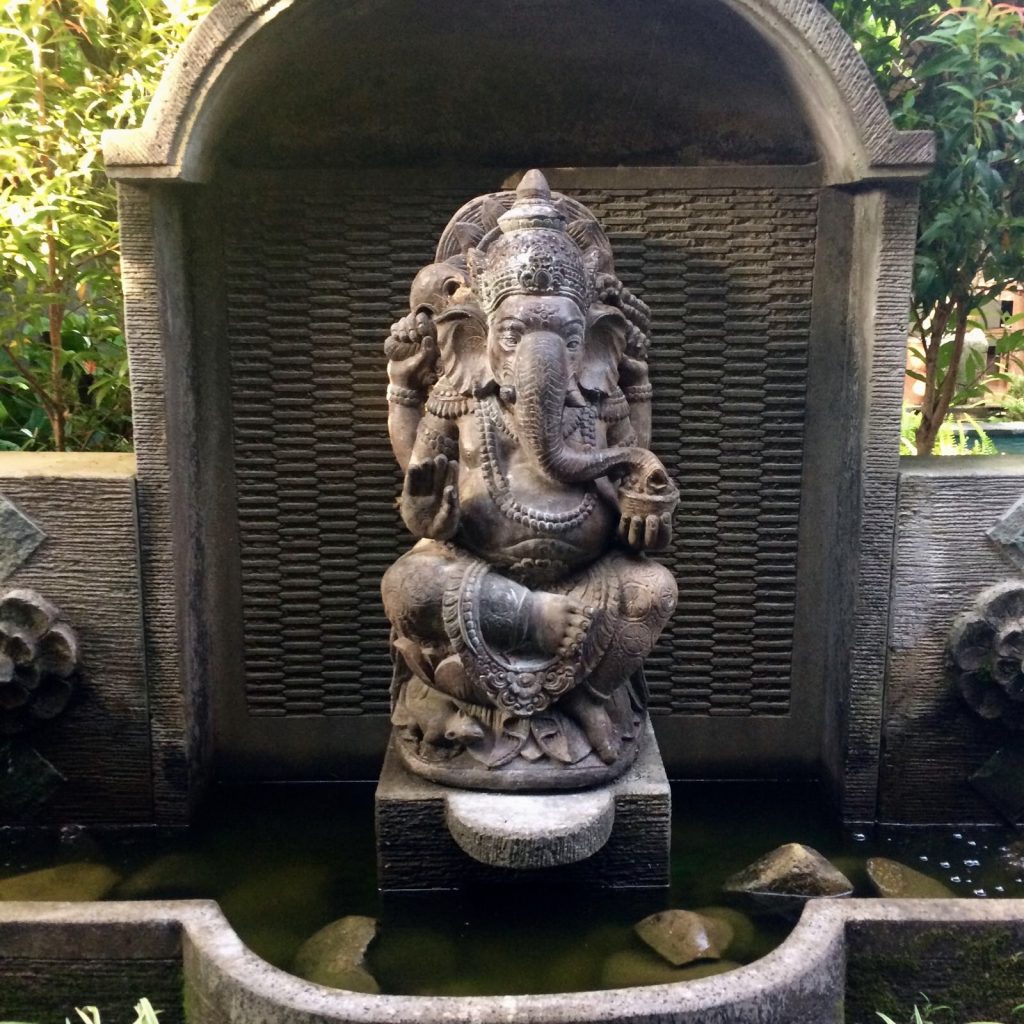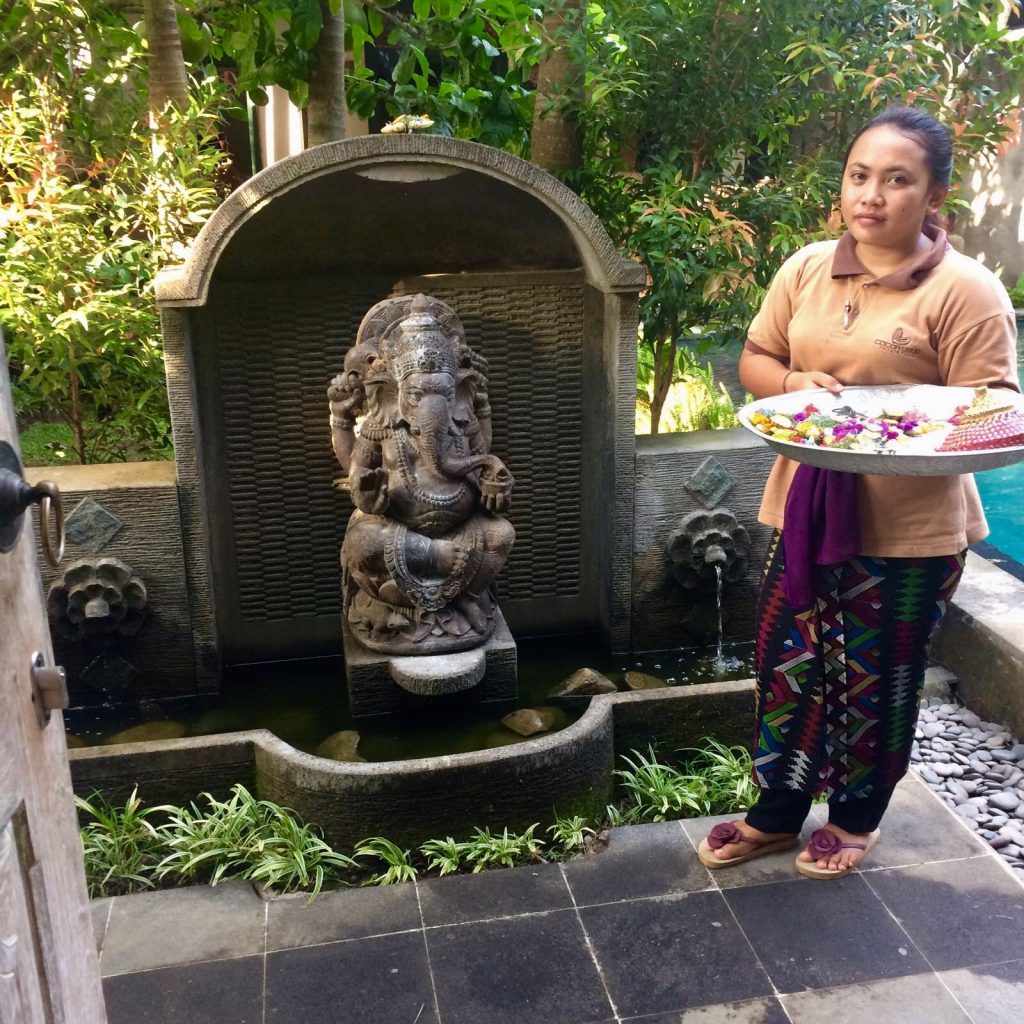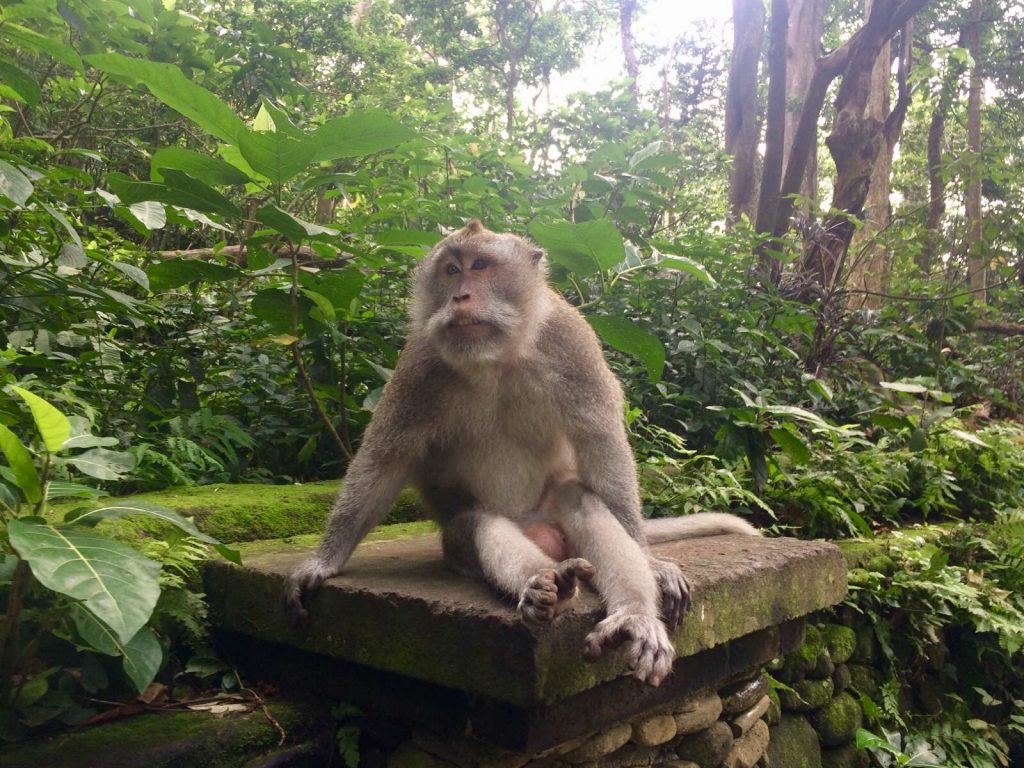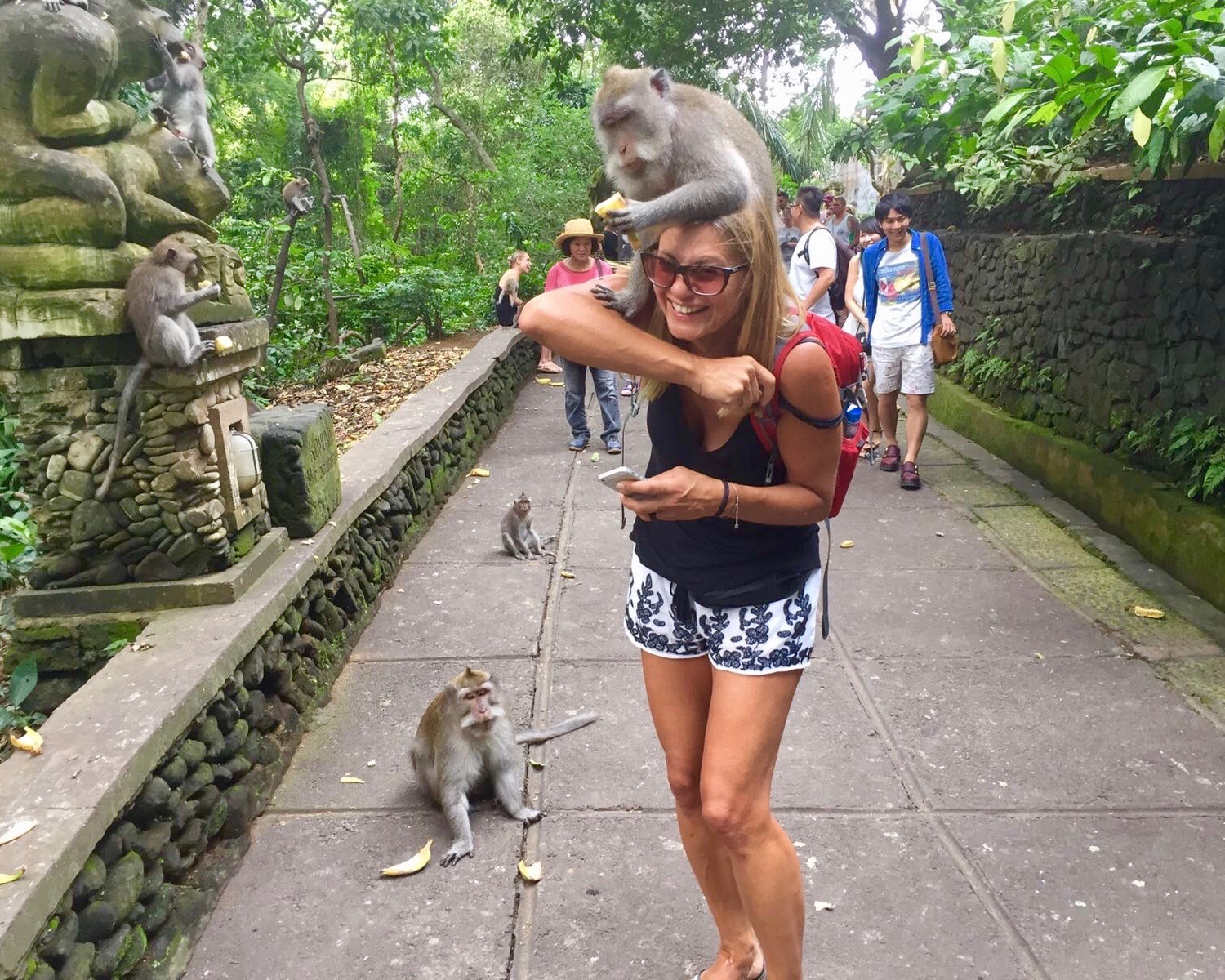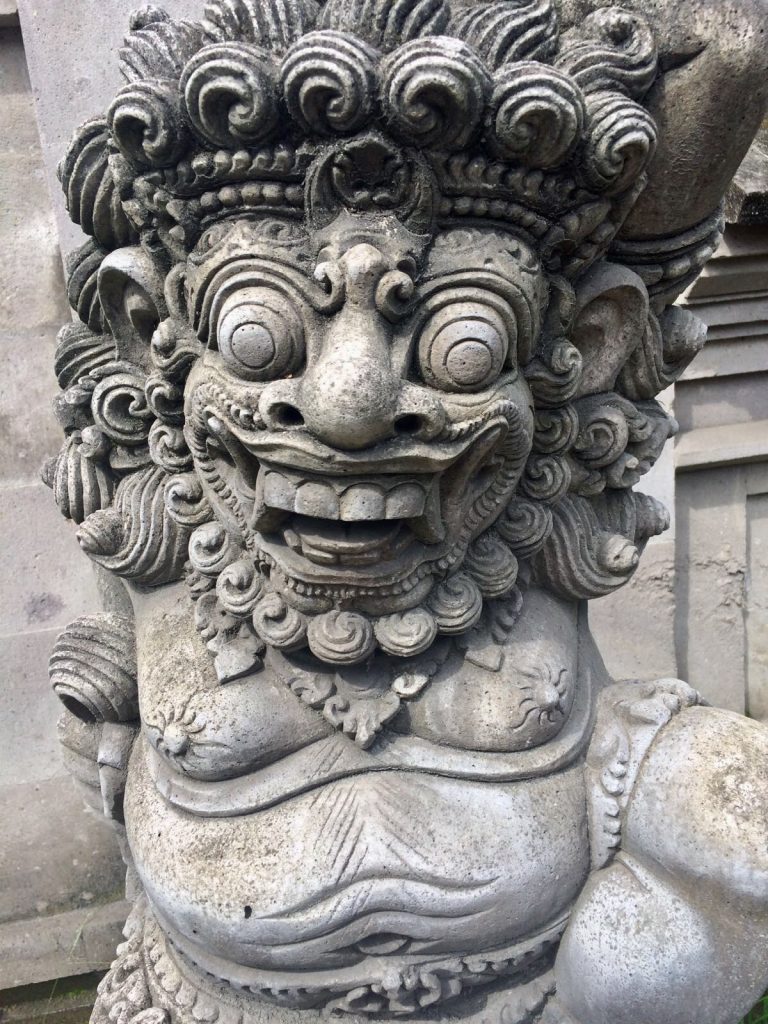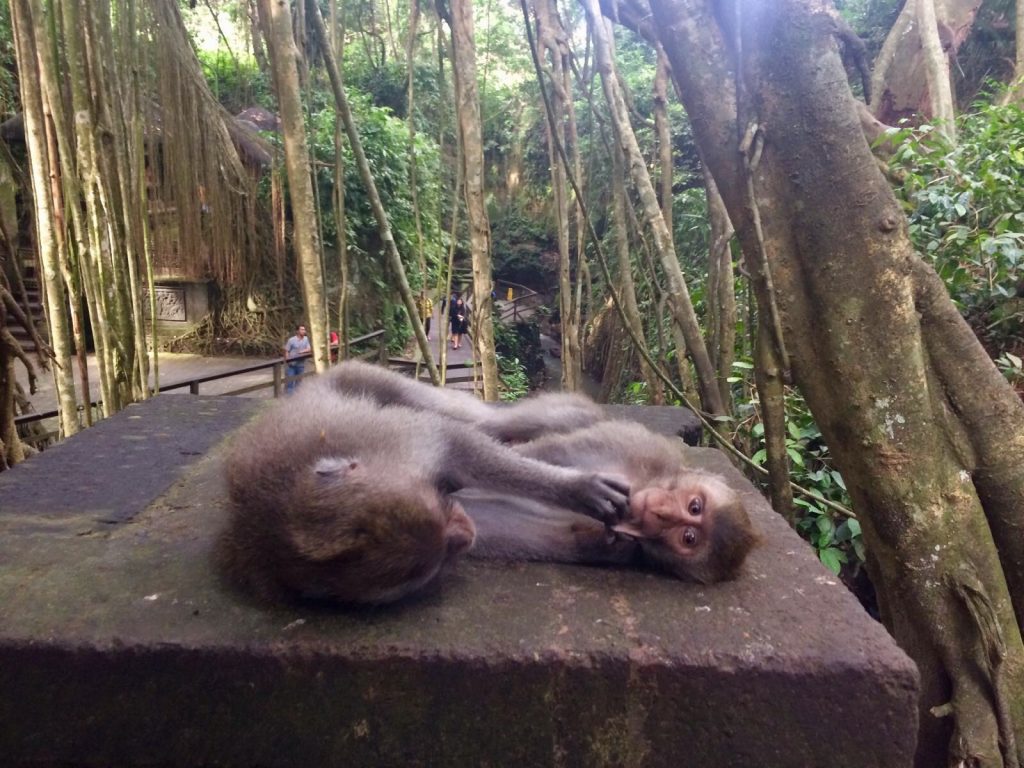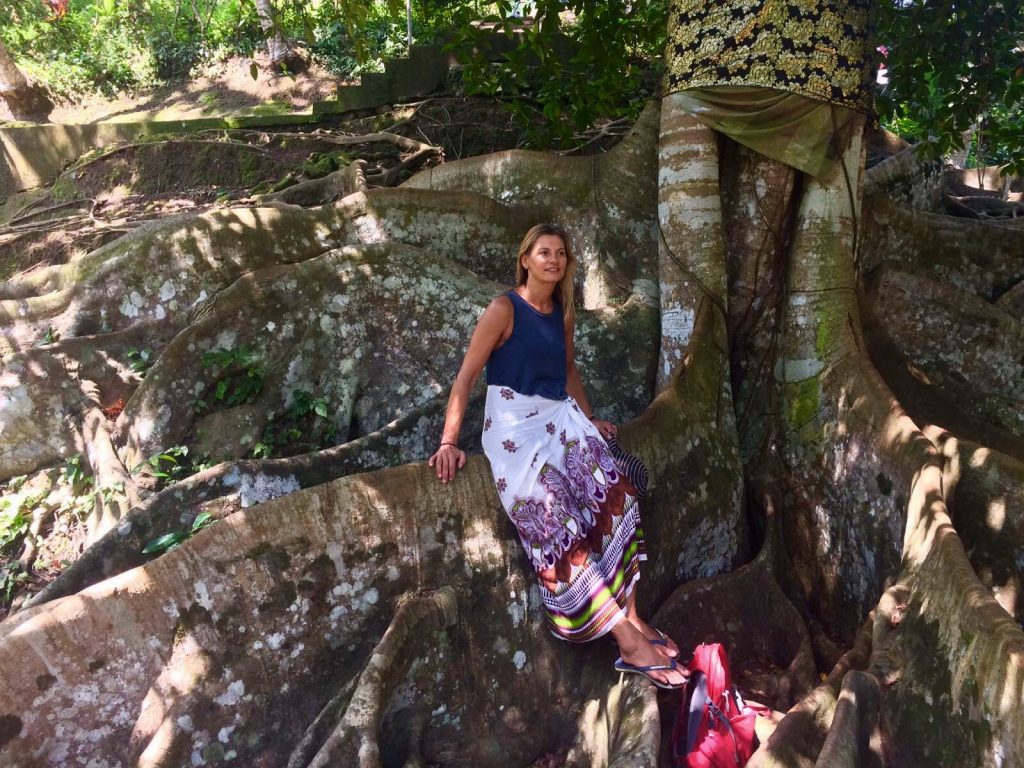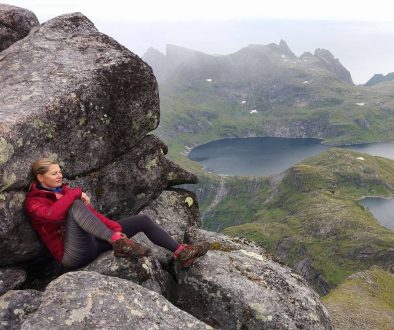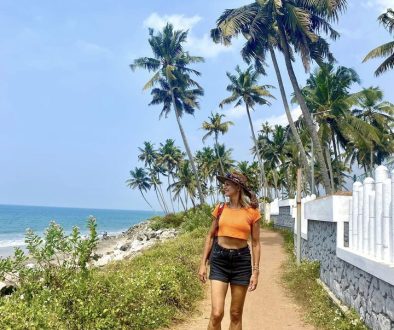Pokochacie to miejsce – Bali!
Po kilku tygodniach przemieszczania się z miejsca na miejsce i przepakowywania plecaka, wreszcie mogę nacieszyć się dłużej porankami na tarasie z kawą i niespiesznie wczuć w rytm tutejszego życia. Kolejny miesiąc zamierzam spędzić na Bali i będę odkrywać wyspę i jej sąsiedztwo małymi kroczkami.
Bali to wyspa bogów, zdecydowanie najbardziej znana pośród 17 tysięcy indonezyjskich wysp, wzbudzająca różne emocje. Szczególnie upodobali ją sobie australijscy surferzy, po sukcesie książki „Jedz, módl się i kochaj” stała się bardziej popularna wśród Europejczyków. Obawiałam się więc oblężenia turystów, wszechobecnej komercji i pewnie bym to znalazła, kierując się do dużego miasta jak Kuta czy Denpasar. Na szczęście hotel, który zarezerwowałam, znajduje się na obrzeżach Ubud i nie dane mi było natknąć się na tłumy. Wręcz znalazłam się w dżungli, gdzie jedynymi odgłosami są metaliczne dźwięki cykad i pianie kogutów. Wystarczy przejść kilkaset metrów dalej by znaleźć się pośród tarasowych pól ryżowych. Tutejsza zieleń aż oszołamia bogactwem kwiatów i owoców. Papaje, mango, awokado, kokosy, rosną na wyciągnięcie ręki! Między polami strumyki, rzeki, wodospady…nie mogłam sobie odmówić kąpieli pod jednym z nich. Można tak wędrować godzinami.
Niezwykłość wyspy uderza od pierwszej chwili, czyli wyjścia z lotniska. Wszechobecne posągi i hinduistyczne rzeźby z przerażającymi niekiedy twarzami upiększają budynki i ulice, a ołtarzyki i małe świątynie widnieją przy każdym domu. To zupełnie niezwykły świat gdzie rok ma 420 dni i co dzień obchodzone jest jakieś święto. Każdy przedmiot ma swoje bóstwo, a Balijki składają im dary kilka razy dziennie. Nic dziwnego, że Bali nazywane jest wyspą tysiąca świątyń.
Pierwsze wrażenie jest bardzo pozytywne. Jest czysto, schludnie, inaczej niż na wyspach, które oglądałam do tej pory. Ubud robi wrażenie miasta artystów i takim de facto jest. Dziesiątki galerii obrazów, rzeźby, sklepy z rzemiosłem artystycznym, muzea, kawiarnie i restauracje, w których można spotkać obcokrajowców. Ubud jest także mekką uzdrawiaczy (!!!), znachorów, ośrodków jogi, warsztatów medytacji itp. Choć to dopiero mój początek odkrywania miasta, jestem już pod jego urokiem.
Kupujemy po drodze kiść rambutanu, nie długo jednak cieszymy się zakupem, bo torbę wyrywa nam małpa, wyskakująca nie wiadomo skąd. Zadowolona pałaszuje zdobycz, a my wiemy, że to znak zbliżania się do Monkey Forest. Święty las, czyli Mndala Wisata Wanara Wana, to szczególne miejsce, bo oprócz małpiego gaju, istnieją tu aż 3 wspaniałe świątynie, wzdłuż alejek stoją posągi, zaprojektowano mostki, schody, ciekawe przejścia, a całość tworzy park wkomponowany w bujną roślinność dżungli. Niektóre gatunki drzew mają po kilkaset lat, a ich olbrzymie konary, niczym dach zasłaniają światło. Otoczenie gęstej przyrody jest trochę jak z mrocznej bajki. Wszystko jest jednak tak zaplanowane, żeby służyć harmonii i kontemplacji, zgodnej z filozofią hinduizmu…
***
After a few weeks of moving from one place to another, packing and unpacking my backpack I can finally enjoy some longer mornings with coffee, on the terrace and feel the slow rhythm of local life. I’m going to spend the next month on Bali, where I will explore the island step by step.
Bali is the island of gods, by far the most known among all 17,000 islands of Indonesia and arouses different emotions in different people. It is particularly fond by Australian surfers, but after the success of the book „Eat, Pray and Love” it has become more popular among Europeans as well. Due to this I was worried about crowds of tourists, comercialism, and I suppose I would find it if I chose one of the big cities as Kuta or Danpasar. Fortunately the hotel, which I booked, is located on the suberbs of Ubud and I didn’t come across any crowds. On the contrary, I found myself in the jungle, where the only sounds are the metallic sounds of cicadas and crowing roosters. Just a few hundred meters further I found myself in the midst of terraced rice fields. The local nature leaves you speachless, the wealth of flowers and fruits. Papayas, mangoes, avocados, coconuts, grow on your doorstep! Between fields streams, rivers, waterfalls … I couldn’t refuse diping into one of them. You could wander here for hours.
The uniqueness of the island hits from the first moment, that is, when you reach the airport. The ubiquitous statues and Hindu sculptures with sometimes frightening faces beautify the buildings and streets, the altars and small shrines appear at every home. This is quite an unusual world where the year has 420 days, and every day is celebrated a different holiday. Each item has its own deity, and Balenese women give offerings to them several times a day. No wonder that Bali is known as the island of a thousand temples.
The first impression is very positive. It’s clean, neat, unlike the islands, which I have visited so far. Ubud feels like the artists city and so it is. Dozens of art galleries, handicraft shops, museums, cafes and restaurants where you can meet foreigners. Ubud is also a mecca for healers (!!!), yoga centers, meditation workshops, etc. Although this is only my beginning in exploring the city, I’m under it’s charm.
Walking on the way we buy a bunch of rambutan, not long after we make our purchase, a shopping bag is being stolen by… the monkey which pops up out of nowhere. Satisfied eating it’s prey, and we already know that it is a sign of approaching the Monkey Forest. Sacred forest, Mndala Wisata Wanar Wan, a special place, because besides the monkey grove, there are 3 great temples, many statues stand along alleys, designed bridges, stairs, interesting passages and everything creates a park that is magnificently integrated with the jungle. Some species of trees are hundred years old, and their enormous limbs, looking like roofs, don’t let the light go through. The surrounding of dense nature is a little like a dark fairy tale. But everything is planned to serve harmony and contemplation, in line with the philosophy of Hinduism…
-Kasia
